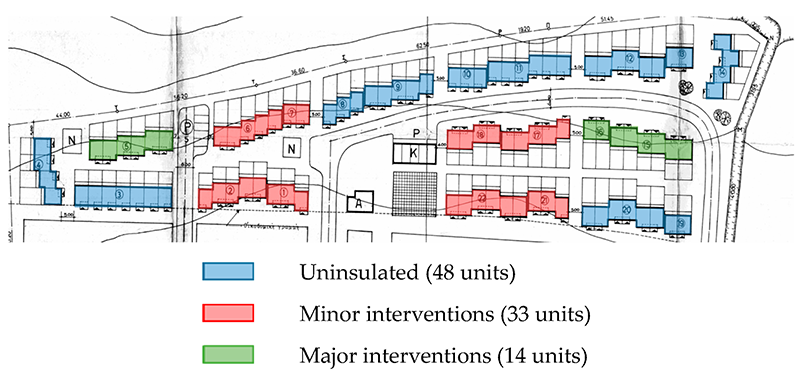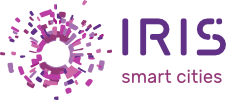
Near Zero Energy and Positive Energy communities are expected to play a significant part in EU’s strategy to cut greenhouse gas emissions by 2050. Within this context, the work presented in this IRIS open access paper aims to investigate the feasibility of: (a) a new-built positive energy neighborhood; and (b) the retrofit of an existing neighborhood to near zero energy performance in the city of Alexandroupolis, Greece.
Proposed measures involve the rollout at the community scale of renewable energy technologies (PV, geothermal heat pump), energy efficiency (fabric insulation, district heating and cooling networks) and storage systems (batteries). A parametric analysis is conducted to identify the optimum combination of technologies through suitable technical and financial criteria. Results indicate that zero and near zero emissions targets are met with various combinations that impose insulation levels, according to building regulations or slightly higher, and consider renewable energy production with an autonomy of half or, more commonly, one day. In addition, the advantages of performing nearly zero energy retrofit at the district, rather than the building level, are highlighted, in an attempt to stimulate interest in community energy schemes.\

Read the publication
12 Jun 2020

